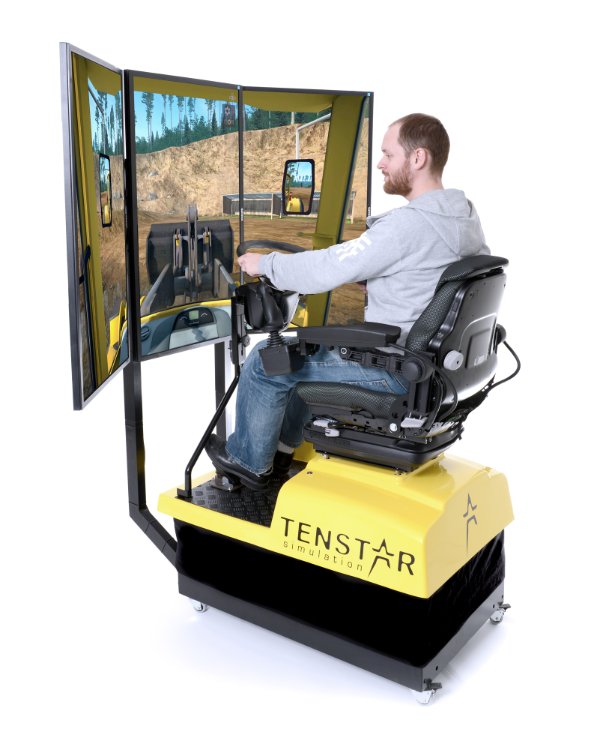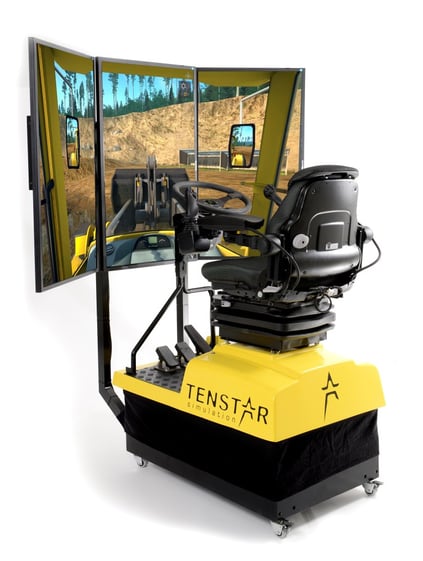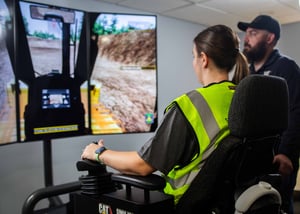Tenstar simulation is improving training for the construction industry, one school at a time

CONTEXT: TRAINING TOOLS FOR THE CONSTRUCTION INDUSTRY
Tenstar Simulation is dedicated to delivering simulation-based education tools for the construction industry. They strive to provide a better environment, a safer workplace, greater opportunities for students to practice, and more cost-effective education. Their goal? Get new machine operators prepared for the real world with true-to-life simulation.
Freddy Lund is one of the founders of Tenstar and is at the helm of the company. Lund and his team focus on sales, marketing and development, but he has a technical background, which allows him to be familiar with all sides of the business.
CHALLENGE: GETTING CLIENTS TO SEE ADDED VALUE IN MOTION
Tenstar and D-BOX have been collaborating for over a year now, with their first project being for a construction school in Finland. D-BOX provides Tenstar with the technology to bring their simulators to life, and give the students an authentic training experience.
For customers of Tenstar, it seems that feeling is believing.
“Motion has changed how we sell our equipment. We either ship a mobile unit to the customer or have them come in to try one themselves.”
Freddy Lund, Founder, Tenstar
According to Lund, everyone who experiences the motion firsthand can immediately sense its capabilities and see the value of investing in a motion-enabled simulator.

SOLUTION: SAVE COSTS & EXPERIENCE HAPTIC MOTION WITH D-BOX
Lund’s clients are just beginning to grasp the true value of a highly realistic simulator.
“They’re always shocked when I tell them the cost of training on real equipment. I’d say 4 out of 5 clients don’t really know the real cost, and how much we can save them. The cost of running a real machine year-round is prohibitive. The ROI speaks for itself.”
Freddy Lund, Founder, Tenstar
Another main concern of the larger schools is that students won’t get enough training time on real machinery. Limited equipment, unpredictable weather, and a host of other factors make it an unsustainable training method.
“The more clever schools are starting to understand that they must use simulation if they want a cost-effective solution that will also help train their students effectively,” said Lund.
RESULTS: DEEPER TRAINING
Students who train on both machines and real equipment gain an even deeper understanding of the machines they will operate.
Tenstar is currently working with a team of professors in man-machine interaction to explore in depth the effectiveness of simulation based-training, with a focus on reflexes and hand-eye co-ordination. Until those results are published, the reviews of customers like Tenstar and the schools they serve will continue to speak volumes.

